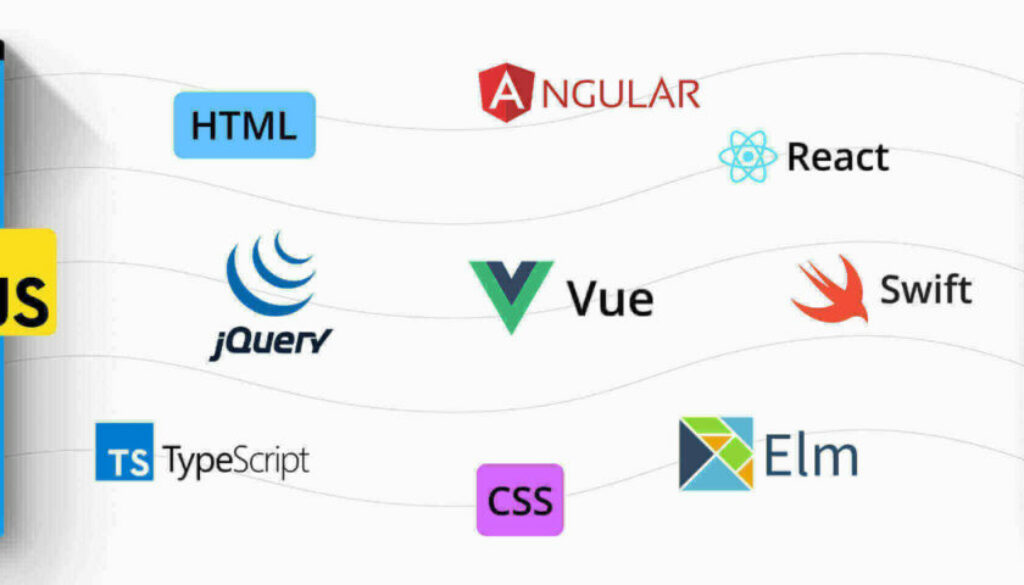Validate Programming Languages
Static verification is done by using techniques like data flow analysis, abstract interpretation, model checking, theorem proving, and type checking. On the other hand, dynamic verification is the process of verifying the program while it is running. Dynamic verification is further divided into runtime verification and testing. Runtime verification is a process of monitoring and checking the program while it is running. Testing is a process of verifying whether the program works as intended or not. It is done by providing inputs to the program and checking the corresponding outputs.
Free Programming Language Detector Online
Language detection is a cost-effective way to match text to its corresponding language. The API relies on an ever-advancing, powerful and AI-based detection algorithm, which increases in complexity and performance with each language detection API request performed. This allows the language layer service to be capable of processing over 170 different languages and accents worldwide.
What Is Program Verification and Data Validation
Program verification can often be reduced to the problem of showing that a constraint system is satisfiable or unsatisfiable. For example, verifying the absence of null pointer dereference in an imperative program is equivalent to showing that any constraint system that characterizes a path through a state where a null pointer is dereferenced is unsatisfiable. Recently, much attention has been devoted to the usage of constraint-solving and constraint optimization tools in constraint-based testing. Techniques such as linear programming, SAT
Semantic Validation
This on-the-fly ISQL editor feature verifies that object names are correctly specified, ensuring that the names of supported object types (columns, tables, synonyms, and views) present in a script match those for the connected datasource. This minimizes errors associated with typographical errors or references to obsolete object definitions, as the names of supported object types are analyzed as you type, and an error condition is raised when it detects a name not present on the datasource.
C Formal Verification
The formal methods refer to techniques, based on logic, set theory and algebra, for the specification and verification of systems. As a kind of formal method, model checking is “the technology for thoroughly checking abnormal behavior of a system that may either be software or hardware by inputting its state transition model in a computer,” and regarded as a good method capable of early discovery of troubles during execution. It has initially been used in design verification in the fields with high reliability and safety requirements
Verification Computer Science
The verification of computer hardware and software is a great success story of computer science. These methods are used to prove, in a mathematically rigorous way, that programs or hardware components function correctly as specified. Our research on verification ranges from the mathematical and logical foundations of programming to practical verification methods and tool support for these. Research areas include: unconventional computing; semantics of concurrent and distributed systems; logics, algebras and formal methods for programs and software systems; grammar inference; verified testing
Pl Formal Methods
Formal methods are mathematical approaches to software and system development that can be used to rigorously specify, design, and verify computer systems. These methods use notations and languages with a defined mathematical meaning to express specifications—statements of what a proposed system should do—precisely and without ambiguity. The properties of specifications can be deduced with greater confidence and communicated to customers, often uncovering facets of the stated requirements that they had not realized. In this way, a more complete requirements validation.
Validate Language
There are syntax validators, also called linters, available for almost every programming language in current use. A well-known example is the lint utility for Unix-like operating systems, written by Stephen P. Johnson at Bell Labs in 1979. Syntax validators can check for things beyond syntax, flagging common errors such as using variables before they are set and dividing by zero. Syntax validators are highly specific to the programming language being checked, designed to highlight code style.
Did you try our TTW to validate Programming Languages yet?
Example: JSON Validator
Syntactic Vs Semantic Validation
Input validation should be applied on both syntactic and semantic levels in order to ensure that the code is structured correctly and that the meaning assigned to the symbols, characters, and words is correct. Syntactic validation should enforce the correct syntax of structured fields, while semantic validation should enforce the correctness of their values in the specific business context. It is always recommended to prevent attacks as early as possible in the processing of the user’s (could be attacker’s) request.
Summary:
In computing, a class is a template for creating objects. A class is a blueprint that defines the variables and the methods common to all objects of a certain kind.
Technology is the application of scientific knowledge for practical purposes, especially in industry.
A framework is a set of libraries or tools that help you write code that is easy to maintain and reuse.
A function is a piece of code that is written to perform a specific task.



